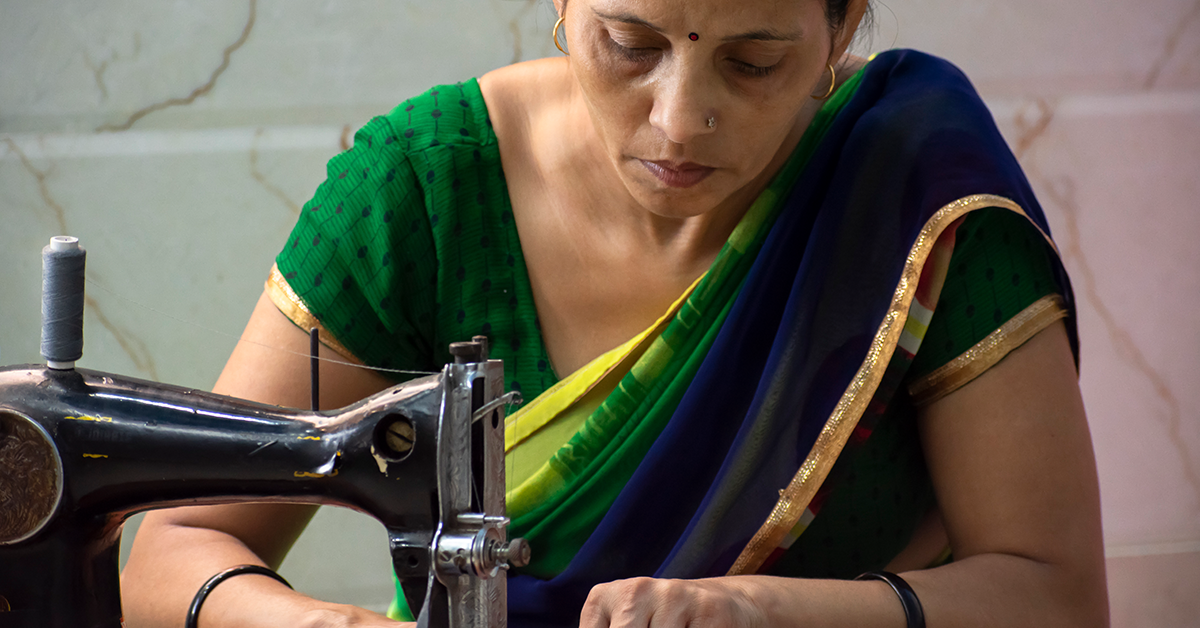If you are aged over 50 years and suffer a fracture from a minimal trauma (such as a fall from a standing height or less), it is likely that you have osteoporosis. This means that your bones might be breaking down more quickly that your body can rebuild them, and this means that they can break more easily from a minor fall, a bump or a sneeze.1
A study by Van Geel et al2, showed that women aged 50–80 years who have suffered a fragility fracture are five times more likely to suffer another fracture within one year, and while the risk does decrease over time, it remains higher than for women who have not suffered a fracture. Another recent study by Johannson et al3, shows that the immediate risk of another fracture is highest for the first two years and for women this risk increases by 4% for each year of age.
Early diagnosis of osteoporosis after a fragility fracture is important to reduce this risk of further fractures. But this step is often missed. Across Asia, two-thirds of patients with a fragility fracture are not investigated or treated for osteoporosis.4 Osteoporosis is known as the silent disease because for many people, a broken bone is the first sign that your bones are breaking down. That is why it is important to get diagnosed and seek treatment as soon as possible. If you have suffered a fracture over the age of 50, talk to your doctor as soon as you can.
Osteoporosis treatments have reduced the risk of hip fracture by up to 40%, vertebral fractures by 30–70% and medications can reduce the risk of non-vertebral fractures by 15–20%. There are different types of medicines such as tablets and injections. Like many chronic (long-term) diseases, you will need to continue to take your medication to keep reducing your risk of fractures due to osteoporosis. Your doctor will be able to recommend the best osteoporosis treatment to help strengthen your bones.
Click here to read more information about osteoporosis medicines and how they work.
In addition to taking an osteoporosis medicine, it is also important to maintain a healthy lifestyle to support and maintain your bone and muscle strength. A balanced diet, combined with regular exercise and healthy lifestyle choices, like quitting smoking and reducing your intake of alcohol will help you to stay healthy and further protect your bones.



References – Returning to normal activities after a fragility fracture
1 Pasco JA, et al. Osteoporos Int 2005;16:2046–52.